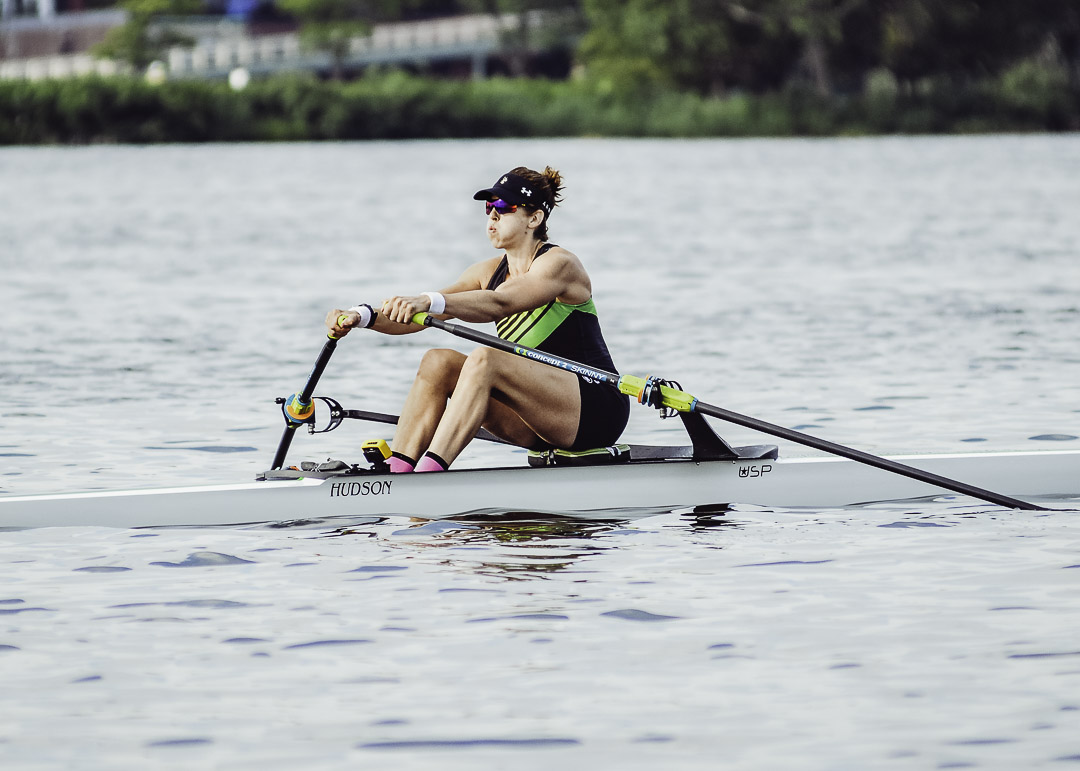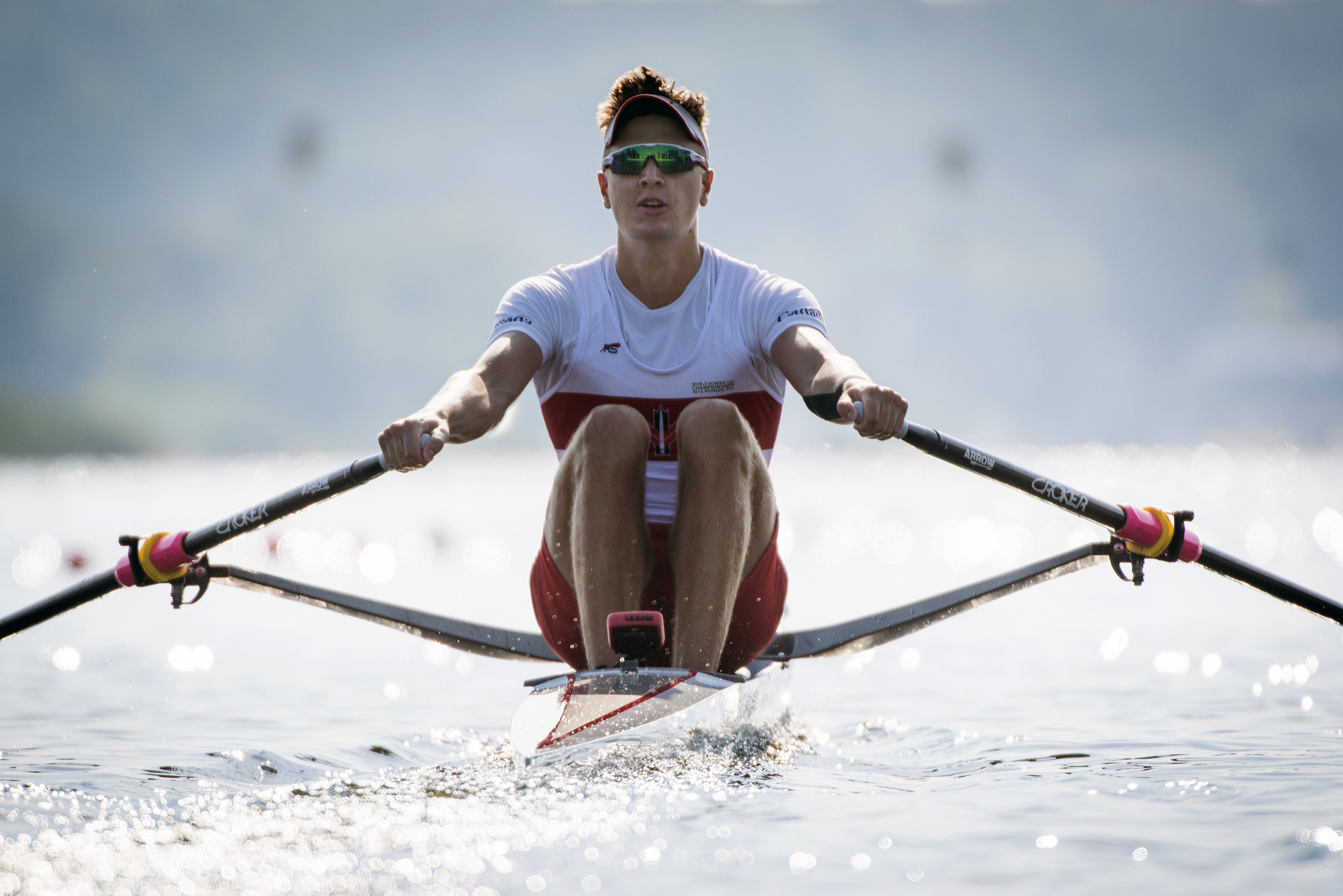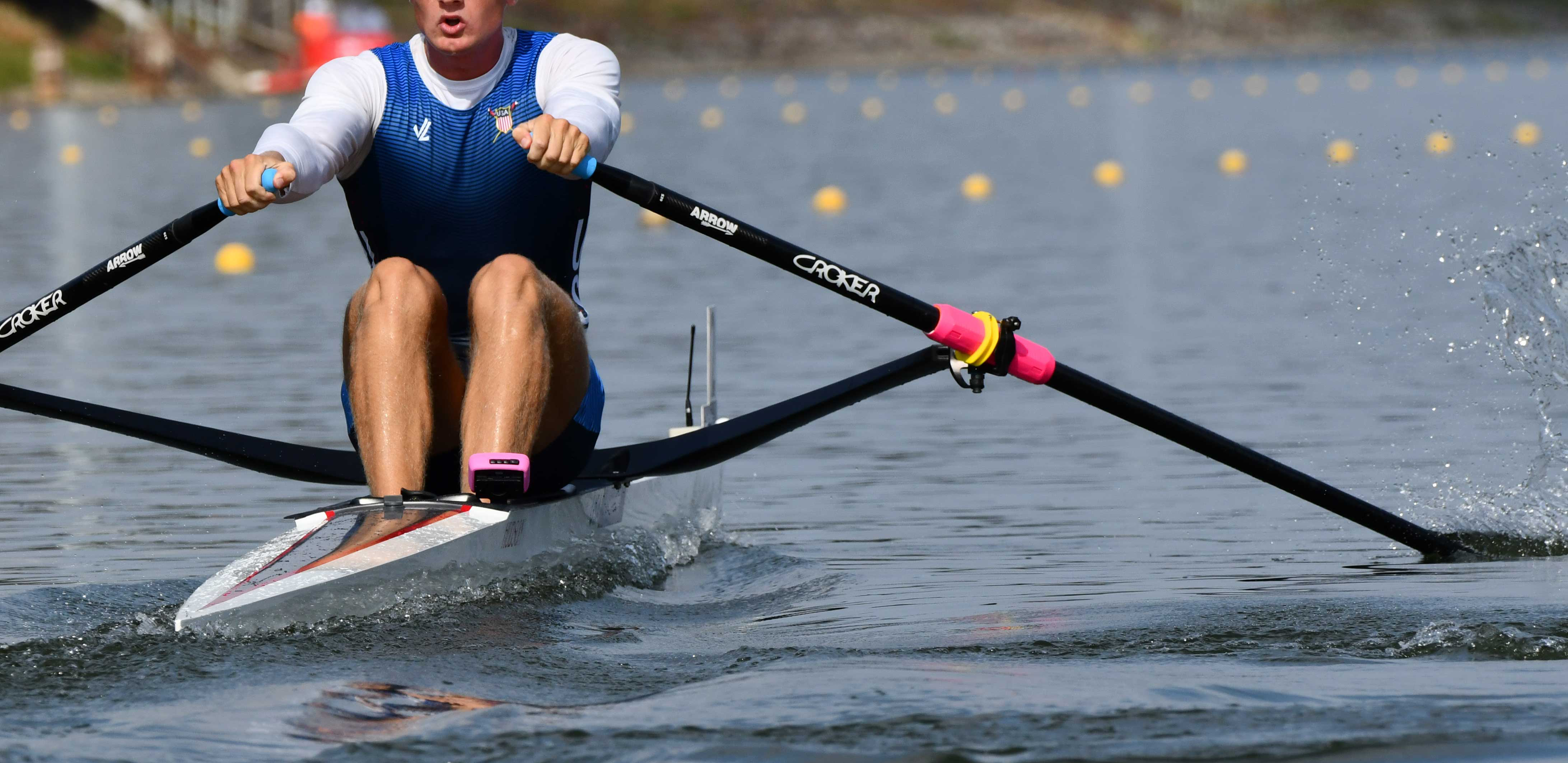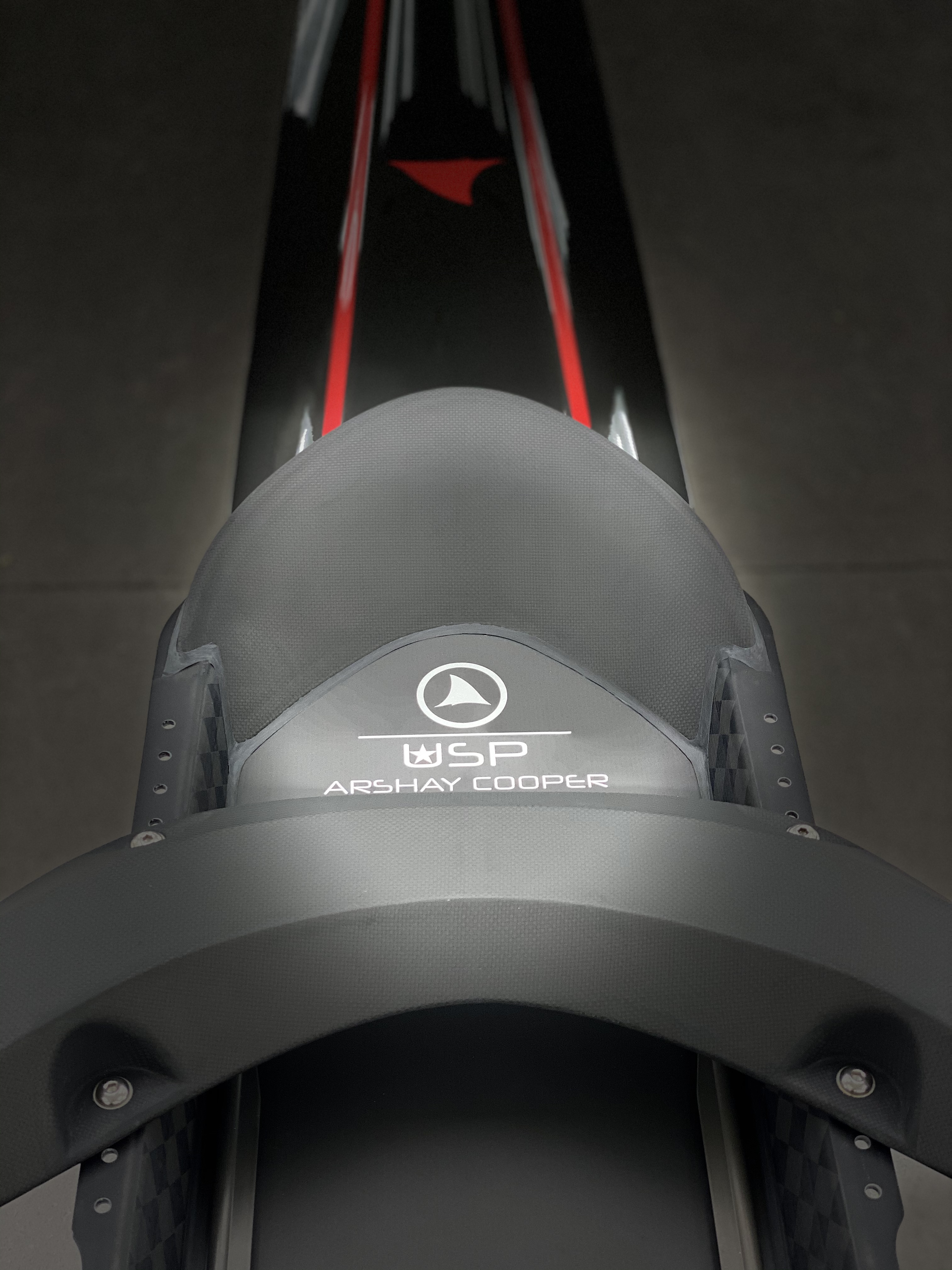The world of rowing is constantly flowing and evolving with HUDSON™ and its team at the heart of the action. Stay in current with articles and events straight from the SHARK's mouth, or explore more about HUDSON and our history in the industry.
HUDSON announces High Performance Partnership with Craftsbury’s Green Racing Project

OCTOBER 2020 | HUDSON is proud to formally announce their Performance Partnership with Craftsbury’s Green Racing Project.
The Craftsbury Green Racing Project is a year-round, multisport team based out of the Craftsbury Outdoor Center (COC) in Craftsbury, Vermont. In the sport of rowing, the team supports a year-round senior squad as well as seasonal U23 programs. Both of these programs strive to place athletes at the highest levels in the sport, while developing them as members of a sustainable community as well as active individuals that support the mission of the COC.
Currently, coaches Steve Whelpley and Troy Howell oversee a group of 20 male and female athletes, who live and train at the Craftsbury Outdoor Center in Craftsbury, Vermont. Both Whelpley and Howell work to empower these individuals to be the best versions of themselves, on and off the water. To date, these efforts have placed athletes on the Senior Worlds’ teams, Pan American Games teams, Senior Training Centers, and U23 Worlds’ teams.
"For us, HUDSON reflects many of our values. We're looking to build unique, creative athletes that still rise to the international standard in their own way” Coach Steve Whelpley states. “HUDSON is at a point now where they are innovating for our sport at the same time as they produce a high-quality product on a day-to-day basis. I look at their USP rigger and finally see a rigger that rivals the integrated use of carbon fiber in many other sports like cycling and sailing."
“No matter what anyone says, at the end of the day it’s all about the athlete,” Atlantic Sales Manager Matt Muffelman says. “We are beyond excited to support the Green Racing Project and the overall development of current and future athletes that look to further their competitive careers at Craftsbury.”
For more information on Craftsbury’s Green Racing Project, please visit greenracingproject.com.
HUDSON partners with Nathan Benderson Park

SEPTEMBER 2020 | Industry-leading boat manufacturer HUDSON is pleased to announce a partnership with Nathan Benderson Park, to support and enhance the top-ranked rowing venue in North America, located in Sarasota-Bradenton, Florida.
“Nathan Benderson Park and the rowing venue created in Sarasota-Bradenton is a world-class facility that offers year-round premier racing, training, and wellness opportunities,” said Atlantic Sales Manager and Sarasota resident Matt Muffelman. “HUDSON is excited to partner with NBP to support their training and racing events."
Stretching over 600 acres, NBP has quickly become a favorite location for North American and World Rowing championship events. Facilities include a world-class 2000 meter race course and a state-of-the-art finish tower and training center. Hosting its first race in 2009, NBP has welcomed more than 100 rowing events including the 2017 World Rowing Championships, 2018 World Rowing Masters Regatta and 2019 World Rowing Under 23 Championships. The park also has hosted Olympic rowing time trials and USRowing events, as well as the NCAA Rowing Championships.
“Service, wellness and growing the sport of rowing are priorities that Nathan Benderson Park and HUDSON value and share in common, making this a perfect partnership,” park Chief Operating Officer Stephen V. Rodriguez said. “We appreciate HUDSON’s support as the park has developed and look forward to this continued partnership, and together, welcoming athletes to the Sarasota-Bradenton area.”
For more information on the programs offered at Nathan Benderson Park, please visit nathanbendersonpark.org.

HUDSON releases U1.42+ SHARK into the Wild


JULY 2020 | Designed to fit taller and heavier athletes with a custom extended cockpit and additional freeboard to accommodate the dynamic and hydrodynamic effects, the USP U1.42+ is created for athletes in the target weight range of 215-245lbs (98-111kg).
This hull was previously a custom modification for a select number of elite athletes, including the 2017 & 2018 U23 M1x World Champion, the 2018 Junior M1x World Champion, Junior World Record Holder on Concept2 RowErg, and select Gold Cup M1x’s.
The need for a Bigger Boat was clear and now the U1.42+ SHARK is available to all.
Contact a HUDSON sales representative for further details.

HUDSON Named Official Boat Supplier by Row Ontario
JULY 2020 | Row Ontario announced on Thursday a partnership agreement with HUDSON to become the official boat supplier for the Ontario Performance Centre and Ontario Academy of Rowing.
As part of the partnership agreement, HUDSON will be providing a fleet of sized singles for the athletes enrolled full-time in the Ontario Academy of Rowing as well as shorter term leases for athletes training at the Performance Centre part-time or seasonally. All singles provided will be Ultimate SHARK Predator (USP) models.
"We are very proud to announce our new partnership with HUDSON to become our official boat supplier," said Andrew Backer, Executive Director of Row Ontario. "HUDSON has a demonstrated track record of success in providing the top quality of boats for all levels of rowing and the bid they submitted to us to become our official supplier was extremely impressive. We are ecstatic to start a partnership with such an outstanding company and we can't wait to see our Academy athletes rowing in HUDSON boats in the Fall."
HUDSON was founded in 1981 and since its inception nearly 90 medals have been won at the Olympic Games and Senior World Rowing Championships by athletes rowing HUDSON boats.
"The Ontario Academy of Rowing is the first of its kind in Ontario," said Liam Parsons of HUDSON. “Together with the Ontario Performance Centre, it will provide an excellent pathway to develop high-level athletes and hopefully the next generation of Canadian Olympians. HUDSON is excited to become a performance partner with Row Ontario in providing this opportunity to Ontario’s athletes as they strive to achieve their fullest potentials.”
The Ontario Performance Centre is scheduled to open in the Fall of 2020, with the start date tentative depending on the progress of the COVID-19 pandemic.
For more information, visit rowontario.ca.
